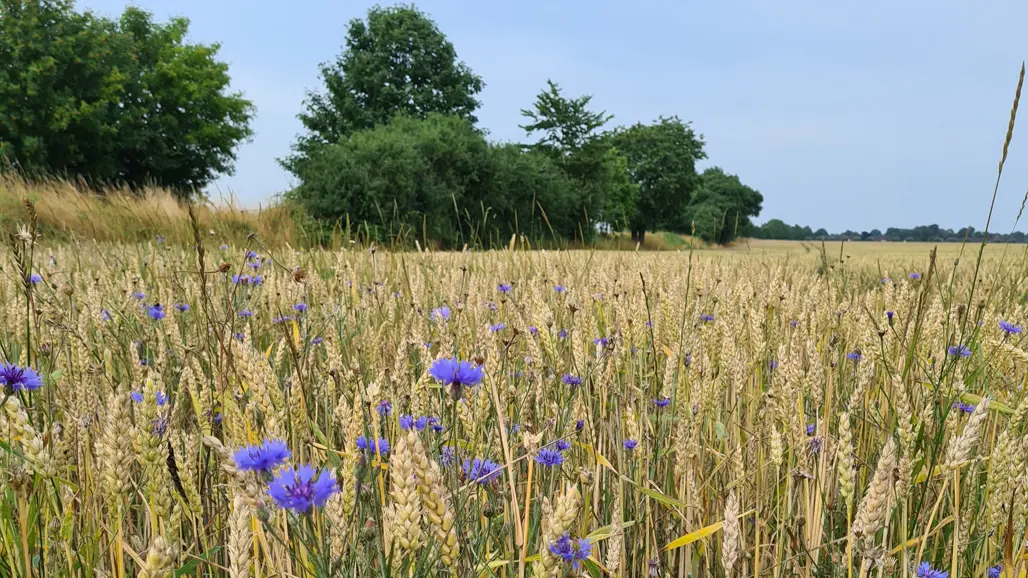
Information about pesticides in the environment
On the following pages we have compiled knowledge about pesticides, primarily plant protection products, and their fate in the environment. The information provided includes history, use, status in the environment as well as sampling and analyses.
Concentrations should be close to zero
Chemical pesticides have historically acted as something of an alarm system on undesirable environmental and health effects of modern development. Few subjects have played such a prominent role in the environmental debate – a debate which is still relevant in many ways, particularly in a global perspective.
Much of the Swedish environmental protection work being done today is pursued through the 16 environmental quality objectives established by the government. It is mainly the environmental quality objective ‘a non-toxic environment’ that affects the work on the risks associated with chemical pesticides. This environmental quality objective states that:
Chemical pesticides should thus actually not be encountered in nature. However, in sampling and environmental monitoring programmes, it has been found that a range of different compounds are detected in the environment every year. Knowledge of how ecosystems are affected by this is limited. An important question for the future is how we can ensure a secure food supply without simultaneously poisoning the nature, in the light of a changing climate. Work on reducing the risks associated with the use of pesticides requires a holistic approach to the use of natural resources, together with better knowledge of how these pesticides act in the environment and their effects.
One of the main tasks of the CKB is to spread knowledge of pesticides in the environment. The following pages contain general information concerning this area under the headings:
Pesticides in a historical perspective
Here we provide a short historical background on the use of pesticides and the debate they have aroused over the years.
Use of pesticides
Here there is a brief summary of what pesticides are, the main modes of action, why they are used and how EU regulations affect their use.
Pathways of pesticides in the environment
Here we provide a general orientating picture on how pesticides are spread in the environment, which soil properties have the most influence, biological breakdown and how to assess the risk of spreading to the environment.
Environmental effects of pesticides
This provides a description of what we know about the environmental effects of pesticides on aquatic and terrestrial ecosystems. It also clearly shows the great gaps in knowledge that exist in this area.
Status of lakes and streams
Here we provide a general picture of the environmental status linked to the impact of pesticides and current results from the national environmental monitoring are summarized.
Climate change and pesticides
A changed climate can have an effect on the use of pesticides, and also on losses of pesticides to the environment. Read more about current research here.
The Vemmenhög project
In the early 1990s, a project was started in an agricultural area in Skåne, Sweden, which aimed to reduce the spread of pesticides in the environment. The project produced good results with a clear reduction of pesticide residues in the watercourse and was talked about both nationally and internationally.
Sampling and analyses
This section provides advice and guidance for those planning to investigate which pesticides are present in surface waters or groundwater or those wishing to order pesticide analyses.